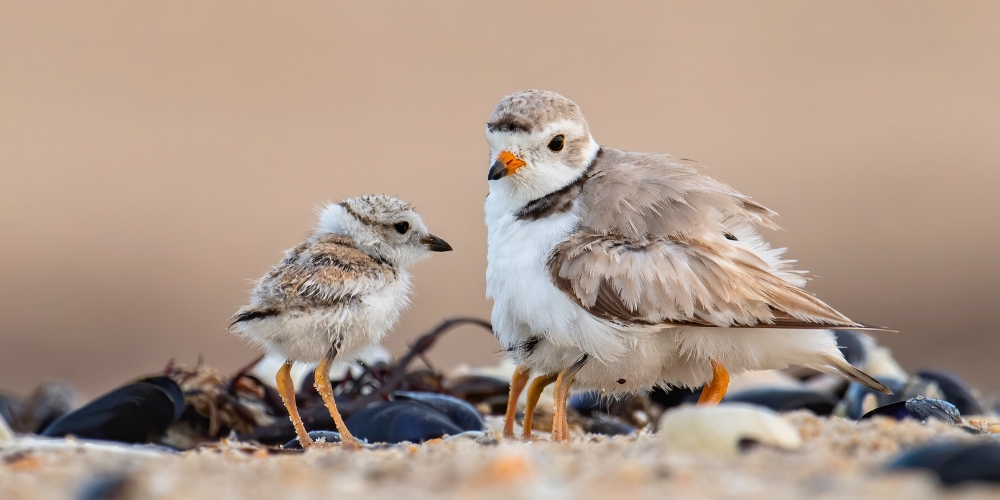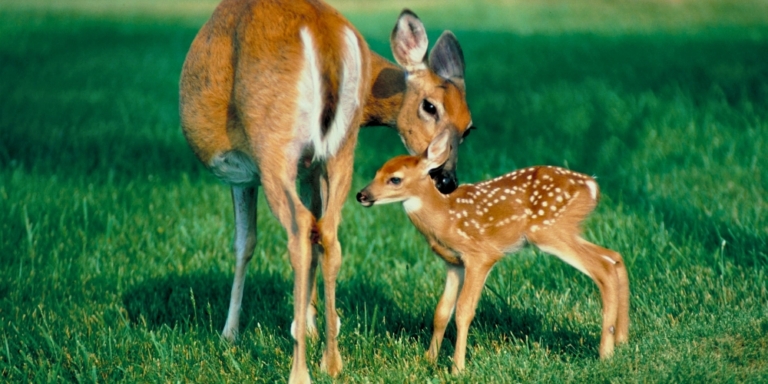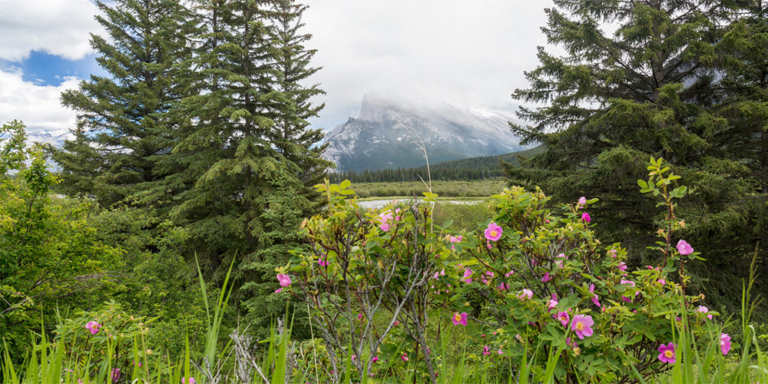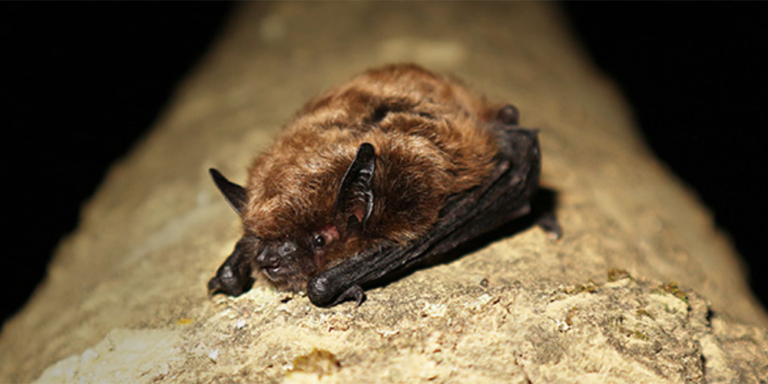The bell continues to toll for the fewer than one hundred piping plovers left in Alberta, emphasizing the devastating impact the changing climate and human activity have on our wildlife.
Piping plovers are a unique species with their sand-coloured plumage and sparrow-like size.
They primarily breed along the Atlantic coast, the western Great Lakes, and the northern Great Plains wetlands, rivers, and lakes.
The Endangered Species Coalition has classified the inland populations, including Alberta’s, as endangered, while the coastal populations are listed as threatened.
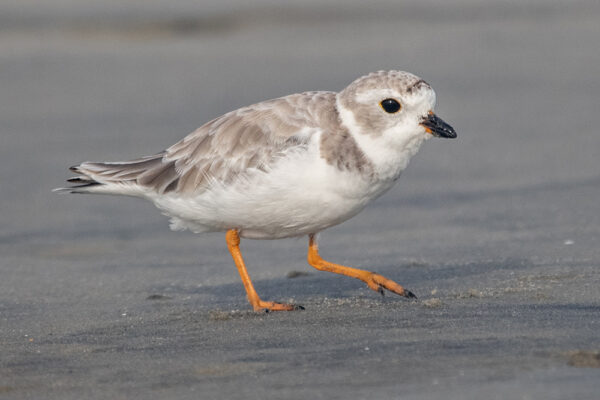

With only around 8,000 individuals left in the world, their survival is a matter of urgent concern.
Lance Engley, a biologist and special projects manager with the Alberta Conservation Association, estimates that between 50 and 75 piping plovers are left in Alberta.
If these birds were people, you could fit them all in one school bus.
Alberta’s piping plover population is also fighting an uphill battle thanks to extreme weather events caused by the changing cimate.
Most people would consider beachfront properties prime real estate, but piping plovers are cursing their choice of nesting location.
“They nest on these very shallow water bodies on wide, expansive beaches with gentle slopes. So when you get a big water or rain event, it can actually inundate or flood their nest,” Engley told CBC News.
Too much water is bad, but so is too little. Due to extreme drought, vegetation is beginning to grow on the shorelines of lakes that piping plovers rely on for their gravel.
“We have habitats now where we have trees the size of my thigh growing…It’s just completely covered with vegetation now. Without those wetter years, we end up losing the habitat,” said Engley.
Why don’t piping plovers just move? Beaches offer piping plovers great access to mudflats, sandflats, tidal shorelines, and other feeding areas where insects and other aquatic species are plentiful.
Beach gravel also does a great job of camouflaging piping plover eggs, which are grey with black spots.
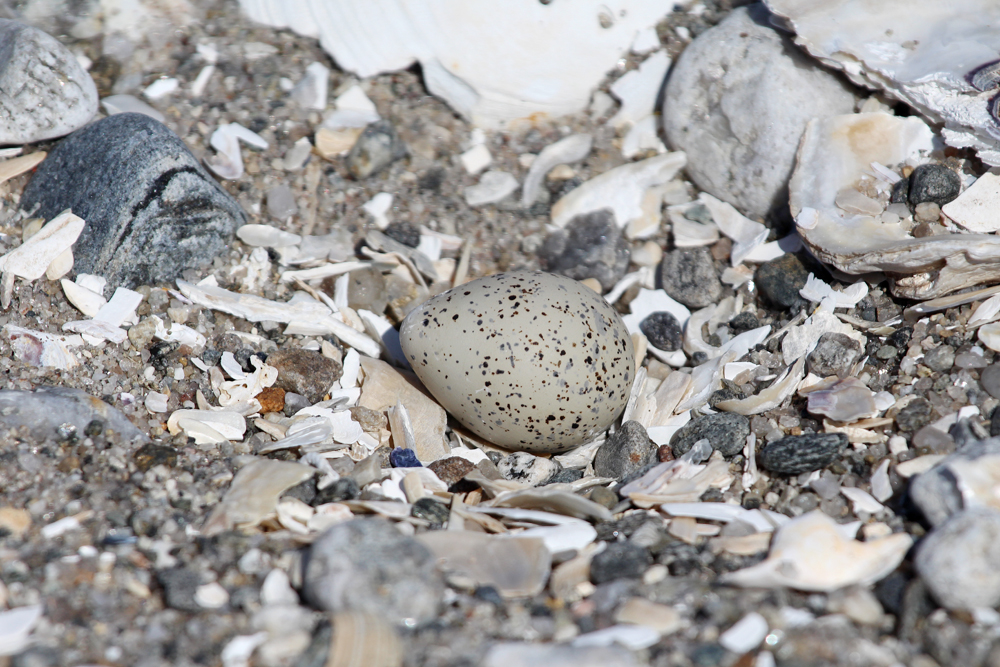

Other Threats To Piping Plovers
Human activity started negatively impacting the survival and nesting of piping plovers as early as the 1900s.
Many of the birds were killed for their meat and feathers. Around the same time, beach recreation was gaining popularity, further limiting the species’ nesting habitat.
Human disturbances caused by recreation include the use of off-road vehicles on beaches, which destroy nests and eggs.
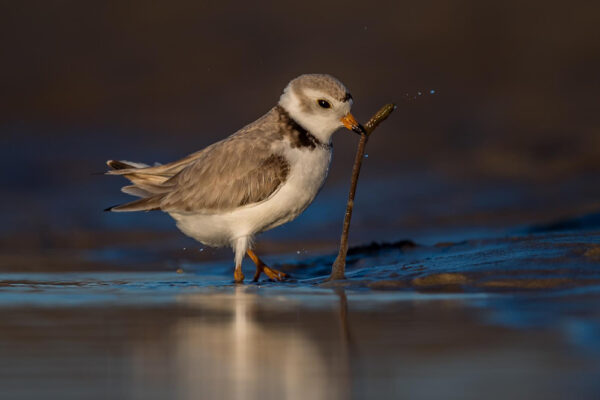

In 2001, the population of piping plovers in Alberta fell to 150 from 276 in 1996.
The greatest threat to these birds is habitat loss caused by shoreline development, energy development, the changing climate, and plastic pollution.
Industrial development, exploration, and extraction of fossil fuels are of particular concern. Oil and gas development has the potential to pollute the water and shorelines where piping plovers breed and nest.
The direct impact of the oil and gas industry on piping plover habitats is not well documented. Still, activity has been reported close to at least seven breeding sites in Alberta.
Piping plovers are also threatened by predators like feral cats, off-leash dogs, rats, raccoons and seagulls that like to feast on their eggs.
Alberta’s population of piping plovers is generally found on fewer than ten lakes, making them especially vulnerable to habitat loss and disturbances.
Many of these lakes are surrounded by private land. According to Engley, these landowners understand the value of protecting our province’s wildlife and cooperate with conservation efforts.
“It has been fantastic working with landowners. We can’t get any of the work done without their cooperation, so that’s been really positive,” he said.
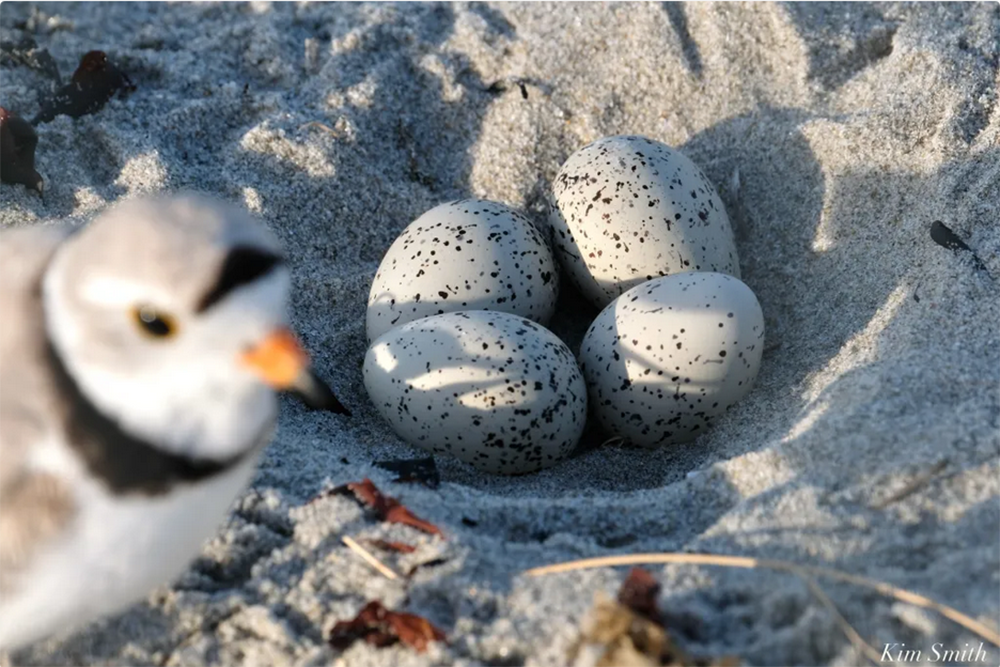

Is There Hope On The Horizon?
Piping plovers are divided into three breeding populations, each located in a different area: the Atlantic Coast, the Great Lakes, and the northern Great Plains Region.
Alberta’s piping plovers are part of the Great Plains population and are listed as a threatened species in our province.
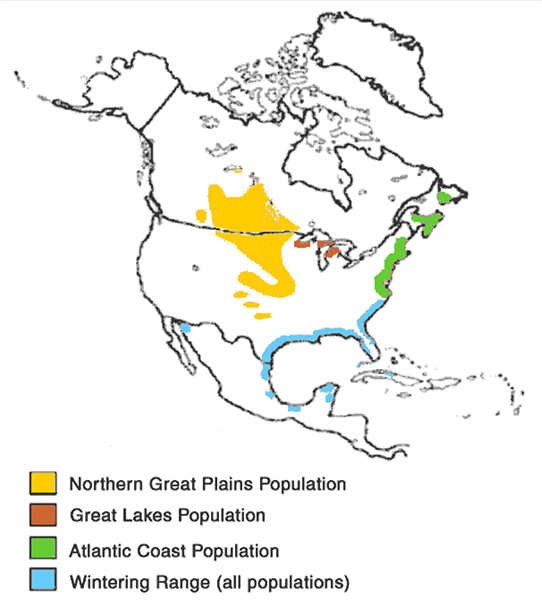

Several conservation efforts are being made to protect and increase Alberta’s small population of piping plovers.
These efforts include predator exclosures to protect nests, land purchase and management, and public education.
Predator exclosures are wire mesh cages placed over piping plover eggs to protect them from predators while allowing adult birds to move freely.
Alberta’s population of piping plovers is dwindling, but populations in other parts of Canada are increasing.
In Nova Scotia, the province successfully boosted the population of piping plover breeding pairs to over 60 in 2023.
Once upon a time, the birds were considered extinct in Ontario, but thanks to conservation efforts, piping plovers started appearing again in 2007.
About 30 percent of North America’s piping plover breeding population is found in Canada. Canadians have a big role in protecting our country’s piping plovers.
Albertans have an even greater responsibility, given our province’s tiny population of piping plovers. If you are lucky enough to stumble across piping plovers or their nest, report them to the Fish and Wildlife Division.
People should also avoid piping plover breeding beaches during the nesting period, which starts in early May and ends in mid-July.
We must do everything possible to save our province’s piping plovers before it’s too late. Let’s make headlines for saving piping plovers, not failing them.



